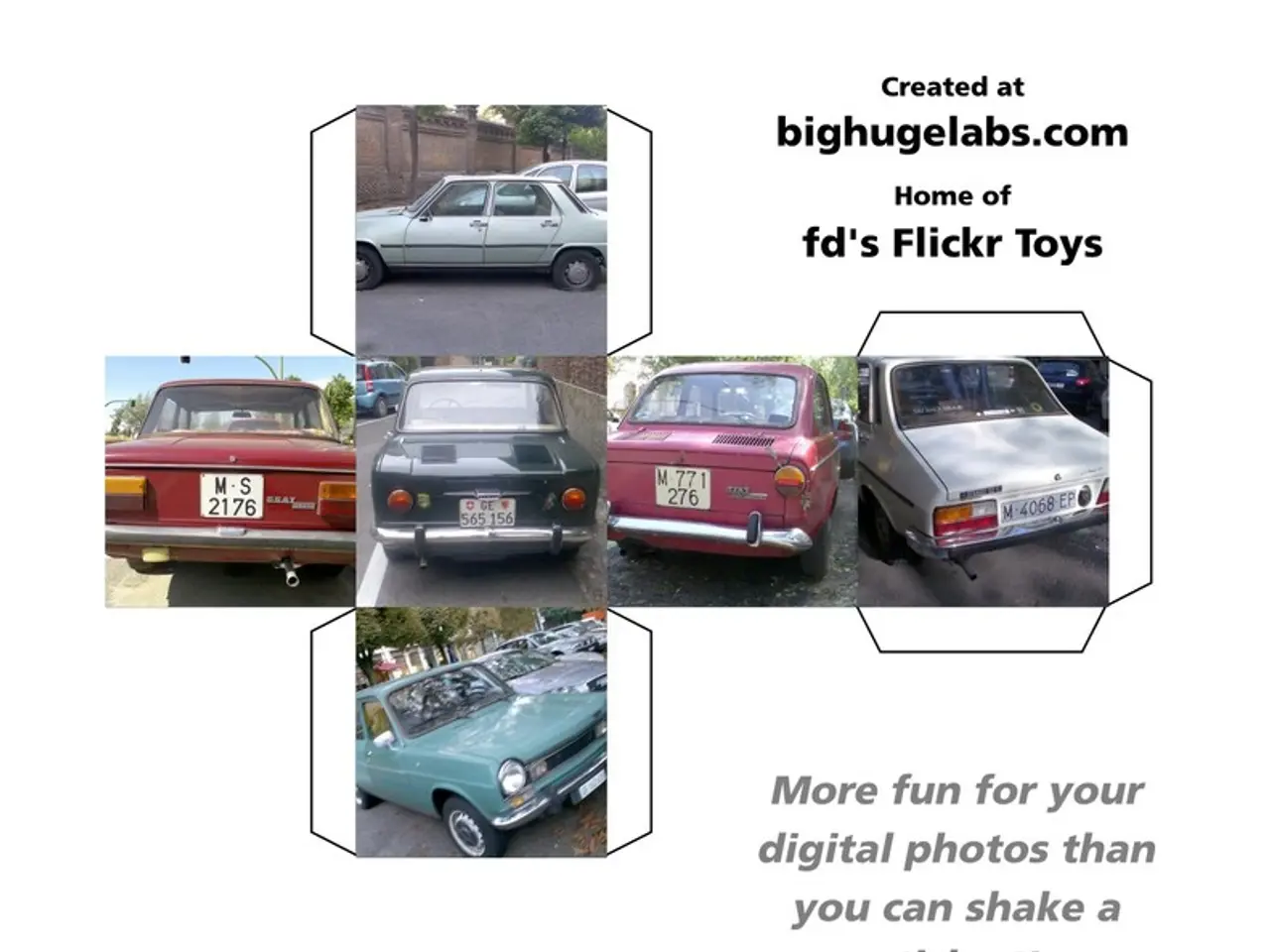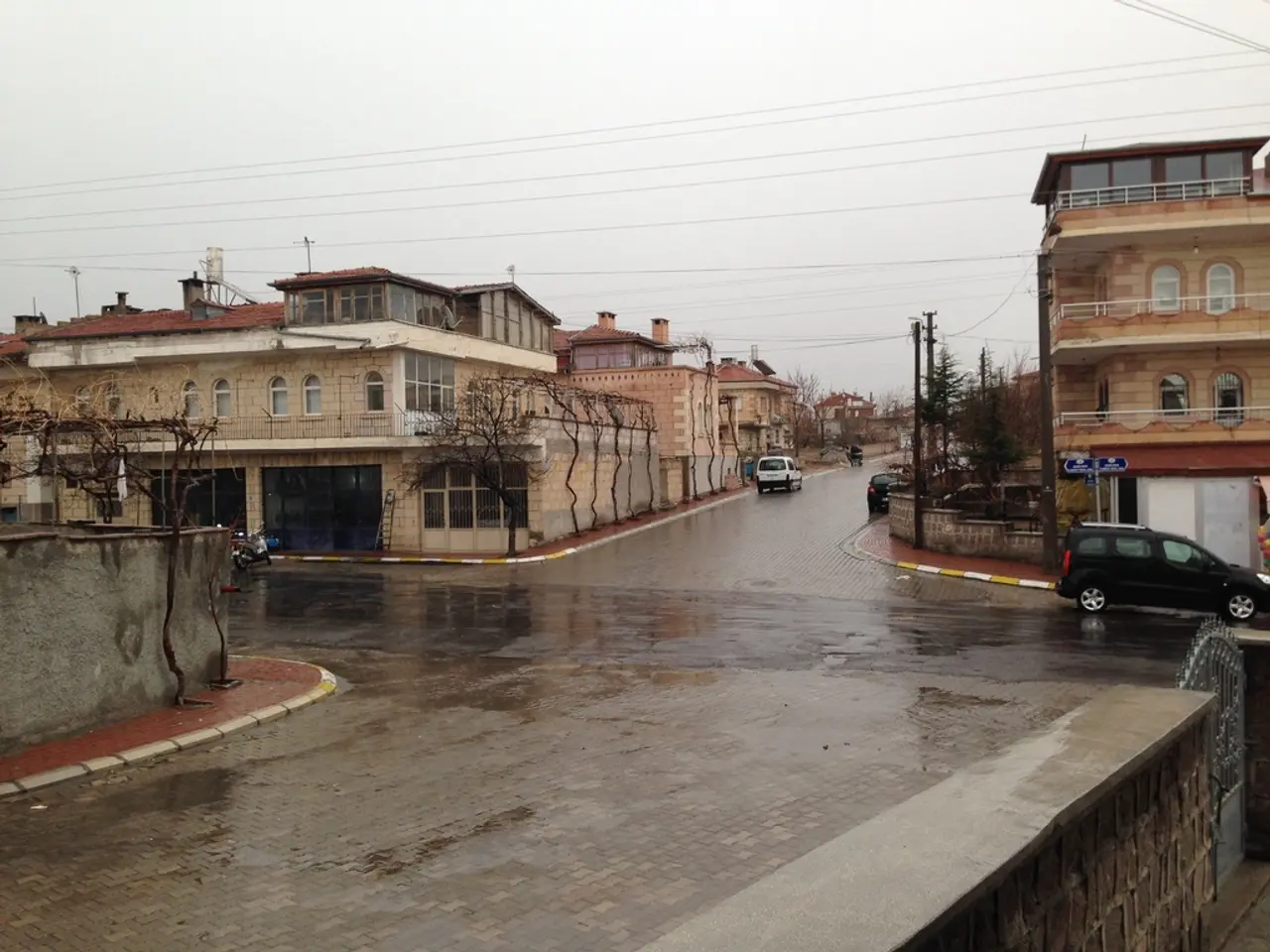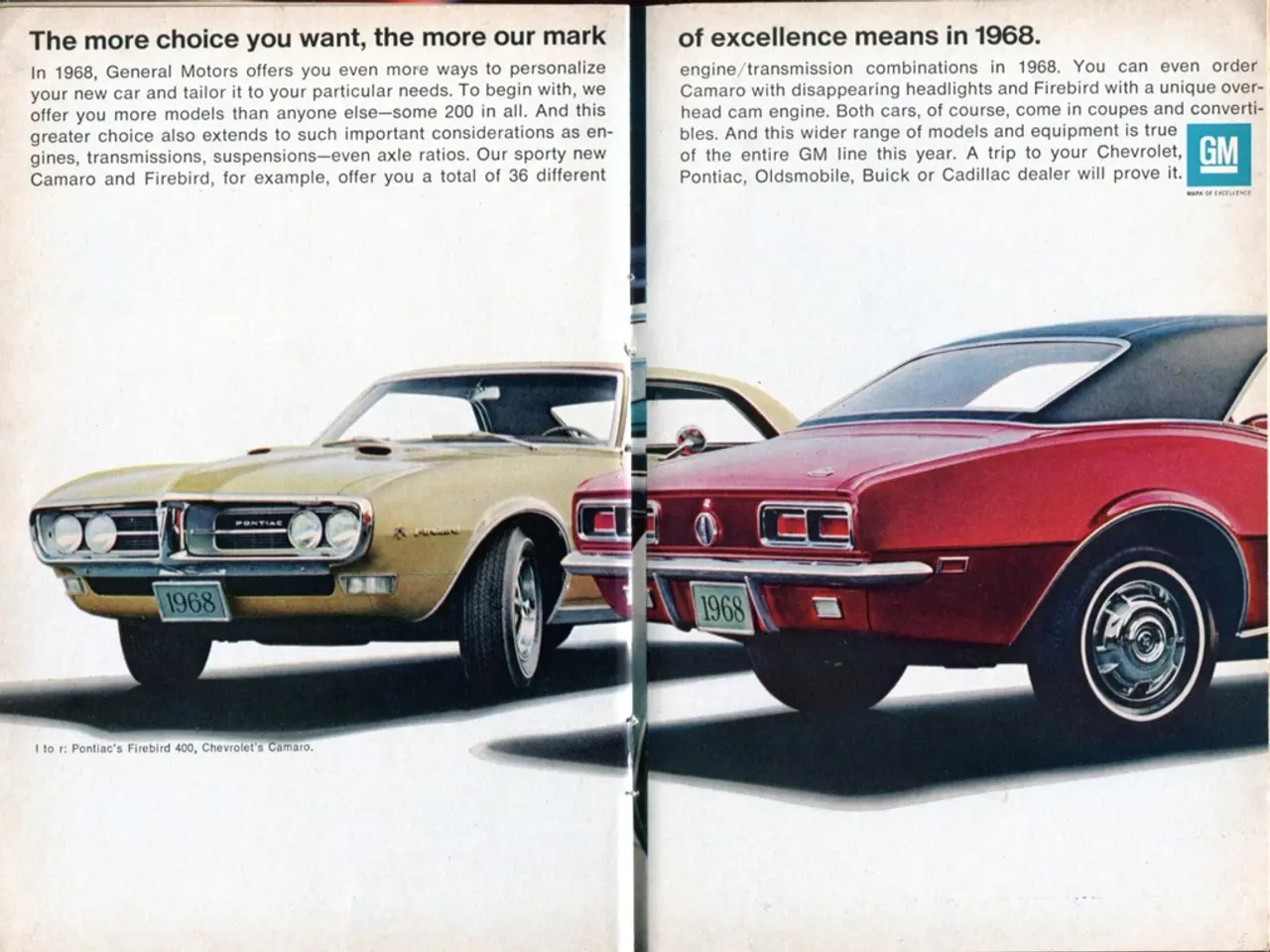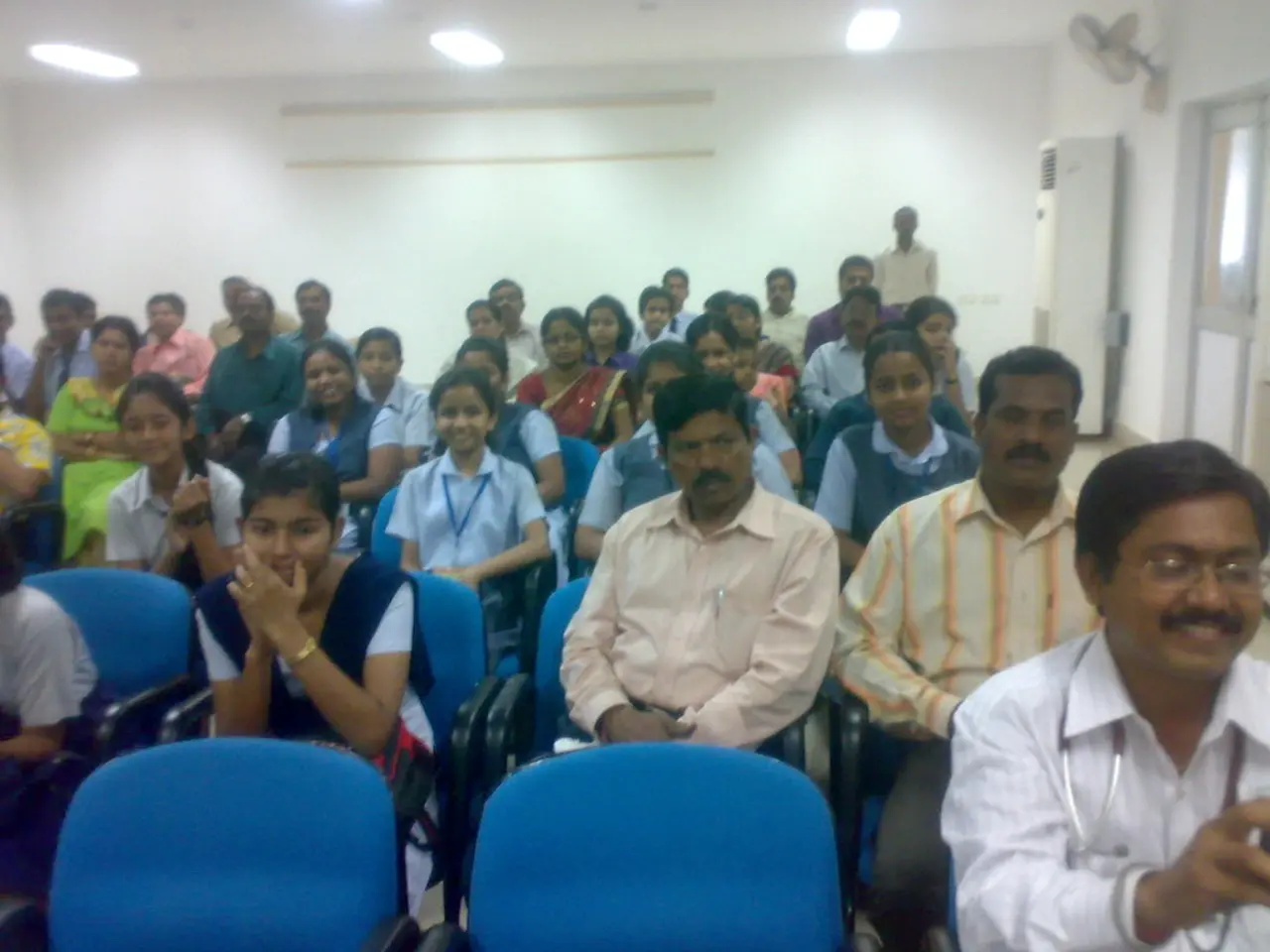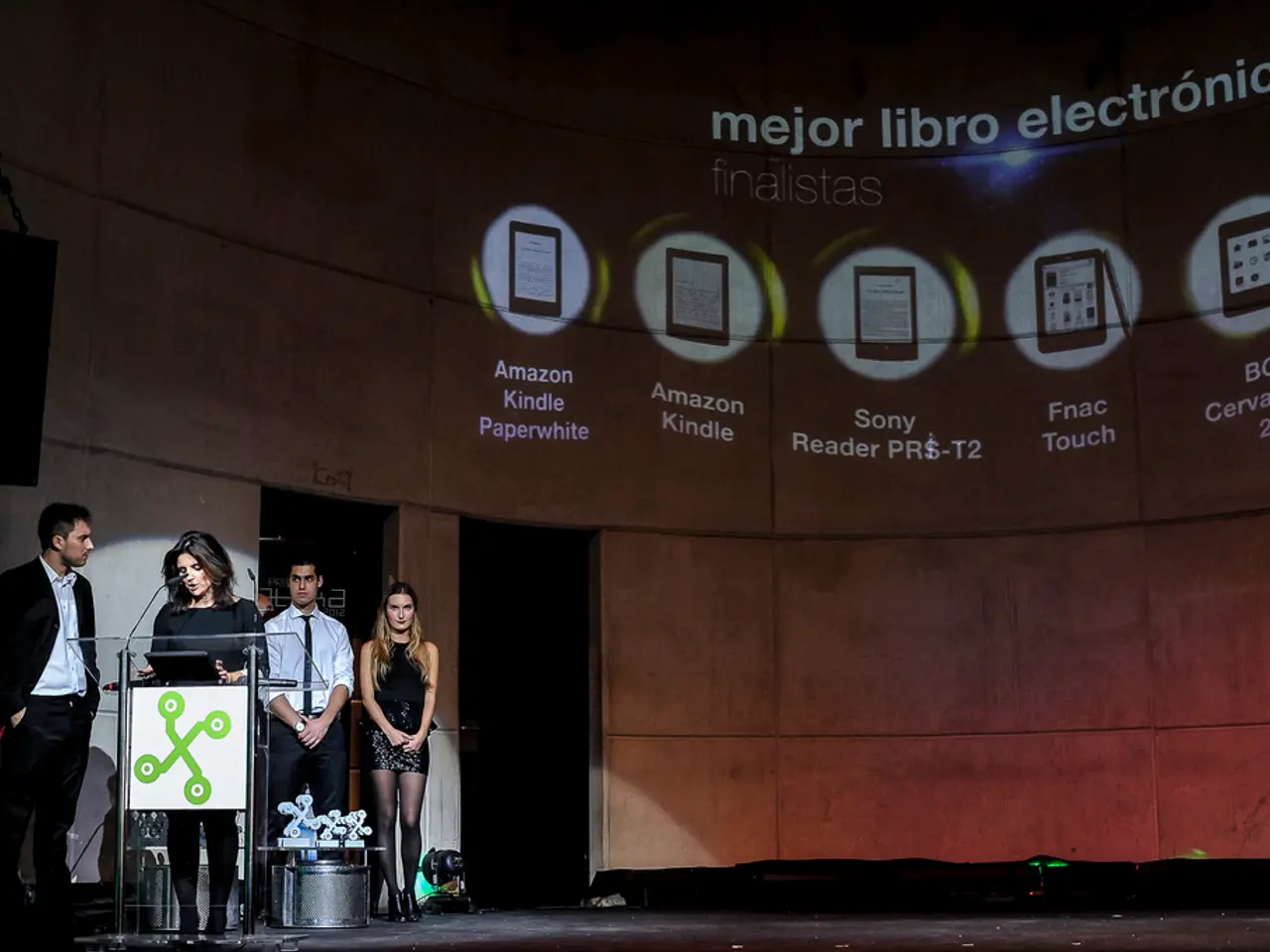Tesla's Autopilot (FSD) demonstrates an impressive 26-fold reduction in accident risk compared to typical American drivers, according to statistics.
In the rapidly evolving world of autonomous driving, the safety comparison between Tesla's Full Self-Driving (FSD) system and Waymo's technology is a hotly debated topic.
Tesla, with its data-driven approach, has amassed over 3.5 billion miles of real-world driving data from its FSD platform. The company relies heavily on camera-based AI and raw data feedback from its large user base to train and improve its system. This fleet-scale approach aims to provide quick and cost-effective scaling compared to Waymo, which favors expensive lidar and radar hardware, combined with highly detailed simulations and state-mandated disengagement data to validate safety performance.
However, Tesla's safety claims, including a Bloomberg Intelligence report initially favouring Tesla in performance comparisons, have been met with criticism. The criticism stems from Tesla’s reliance on self-reported Autopilot Safety Report, which lacks third-party verification and clarity about actual Autopilot engagement. In contrast, Waymo’s safety data is based on government-mandated reporting of disengagements requiring human intervention, providing a more transparent but different measurement basis.
Recent developments have further complicated the safety debate. Tesla's rollout of robotaxis in Austin has faced scrutiny and formal investigation by the National Highway Traffic Safety Administration (NHTSA) due to videos showing unsafe maneuvers such as sudden braking, incorrect lane usage, and stopping in intersections. These occurrences highlight ongoing challenges to Tesla’s camera-only approach, especially given that early robotaxi rides are supervised and restricted to favourable conditions. Waymo, on the other hand, has so far positioned itself as more cautious and arguably safer in public perception, due to its extensive real-world testing and regulatory approvals.
Despite Tesla's large real-world driving data and promising cost advantages, concerns about data transparency and recent safety incidents have hindered unequivocal safety comparisons. Tesla's reported safety rate for FSD, at 0.15 accidents per million miles, is significantly better than the U.S. average of 3.90, making it 26 times safer. However, Waymo trails Tesla in terms of safety rate, with a rate of 1.16 accidents per million miles.
It's important to note that Tesla's data on FSD crash rates skips injuries and police reports, while Waymo's doesn't, which could explain some of the gap between the two. The safety edge of Tesla's FSD system over the U.S. average bodes well for the eventual release of unsupervised FSD.
In conclusion, while Tesla's FSD system shows promising safety rates based on current available data, concerns about data transparency and recent safety incidents have hindered a definitive safety ranking between Tesla and Waymo. The debate remains complex and contentious, with independent regulatory scrutiny ongoing.
References:
[1] Bloomberg Intelligence Report [2] National Highway Traffic Safety Administration (NHTSA) Report [3] Journal of Safety Research [4] Unpublished data and future reports will provide more insight into the safety comparison.
- Technology plays a crucial role in the debate over safety comparisons between Tesla's Full Self-Driving (FSD) system and Waymo's technology, as both companies employ different approaches: Tesla relies on a data-driven model that uses camera-based AI and raw data feedback from its large user base, while Waymo favors expensive lidar and radar hardware, combined with highly detailed simulations and state-mandated disengagement data.
- Concerns about data transparency and recent safety incidents have hindered a definitive safety ranking between Tesla and Waymo, as Tesla's data on FSD crash rates does not include injuries and police reports, a factor that could contribute to the gap between the two companies' safety rates.
